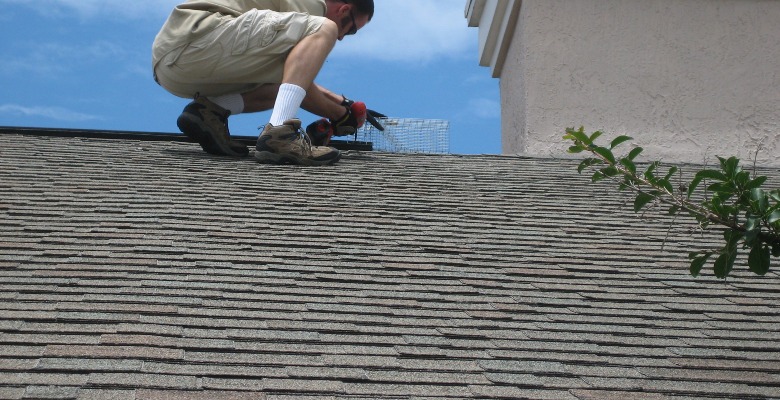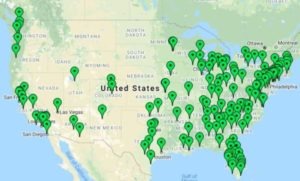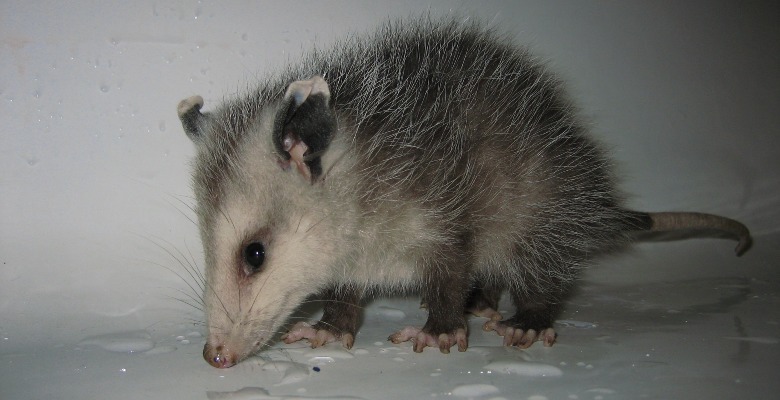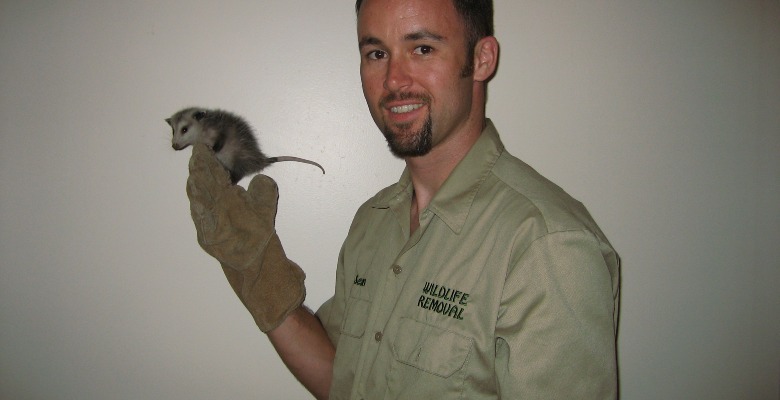It's you're lucky day; you've finally found a website that talks about wild animal repellant. Finally, you're about to find out what you need to...


Chimneys are, aside from attics, the ideal location for a wild animal to take shelter. Chimneys are warm and provide a quick exit to the outside when the chimney cap is damaged. While it might seem difficult for a wild animal to build a nest in a straight shaft, what usually happens is the creature moves in during the summer when the chimney is not in use and builds its home on top of the closed damper. Raccoons are the primary culprit when a chimney invasion is identified, but squirrels and bats are also known to hang out in this location.
To remove a wild animal in the chimney DO NOT build a fire. Aside from how inhumane it is to burn a living creature alive, you risk a chimney fire from any accumulated debris inside the shaft. What’s more, if you open up your damper to smoke/burn the animal out, it will most likely panic and try to escape any way possible–which may mean out the fireplace and into the rooms of your home.
Thankfully, it isn’t very difficult to remove a wild animal in the chimney, assuming you have a raccoon, squirrel or other, larger animal inside. Wildlife professionals use a specialized trap that attaches to the top of the flue. Using a long pole, the technician can force the adult up and out of the top of the chimney into the trap. It’s important to know that an animal in the chimney probably has young inside as well. A wildlife specialist will be able to use a special mirror-and-pole setup to look down into the chimney shaft to see if there are babies on the damper. Trying to remove the babies before the mother is captured is dangerous; she may become aggressive and the technician, homeowner, or animal may be injured.
We can help! As America’s largest wildlife control company, we service over 1000 locations across the USA. Call us today to check our prices in your town.
Raccoons and squirrels in a chimney are best trapped and removed as opposed to being removed through exclusion doors. Squirrels in particular are determined chewers; if you simply exclude them from the chimney, they may destroy the roofing around it in an attempt to re-enter.
Another animal that enjoys the dark safety of a chimney is the bat. Bats live in colonies, so if you see a bat leave your chimney, chances are there are many more where that one came from. Bats pose a special dilemma–they are protected by law, and you cannot kill them or gather them up on your own and toss them out into the woods. Bats can be tricky to remove because, like mice, they are small enough to fit in nooks and crannies around the chimney. You may have a larger bat issues than you realize; there could be hundreds of these animals in the chimney and around the roof.
When it comes to bats, the best way–and usually the only legal way– to handle the situation is to hire a professional wildlife remover. The specialist will come in, identify all the entry points bats are using into the chimney or roof, and then seal those opening or install exclusion doors. Exclusion doors will allow the bats to leave the chimney but won’t let them enter back in. Eventually they will be forced to find a new roosting site.
As with raccoons and squirrels, resist the urge to start a fire. It may seem like simple science that bats will fly out of the top of a chimney to escape smoke and heat, but there are rarely such storybook situations. More likely than not, opening the damper will send bats out the bottom of the chimney as well as the top, and removing a bat in the house can be a very daunting task. If a single bat–or a handful of bats– flies into the home, they are tiny enough to hide in any room, around any crevice. Pets could and family members could be put at risk for rabies, a deadly, viral disease bats are potential carriers of.
Once you remove a wild animal from the chimney, the most important step is to repair any damage and make sure the chimney flu has a sturdy, tight-fitting cap. You won’t have a problem with nuisance wildlife in a chimney if it doesn’t have a means to enter in the first place. Prevention is always more cost-effective in these scenarios. Make sure before and after every heating season you climb onto the roof and inspect the chimney area. This is true even for chimneys that may not be in use. Just because you are not using a chimney doesn’t mean you should allow wild animals to live inside. These creatures will be destructive and will attract others of their kind to the property.
Over 1000 locations across the United States!


It's you're lucky day; you've finally found a website that talks about wild animal repellant. Finally, you're about to find out what you need to...

Wild animals can expose humans and pets to a number of diseases. Some of these issues, like rabies, are well-known, but others may not be so...

There are many myths out there regarding humans and baby wild animals; if you touch it the mother won't take it back, etc. The truth is less severe,...